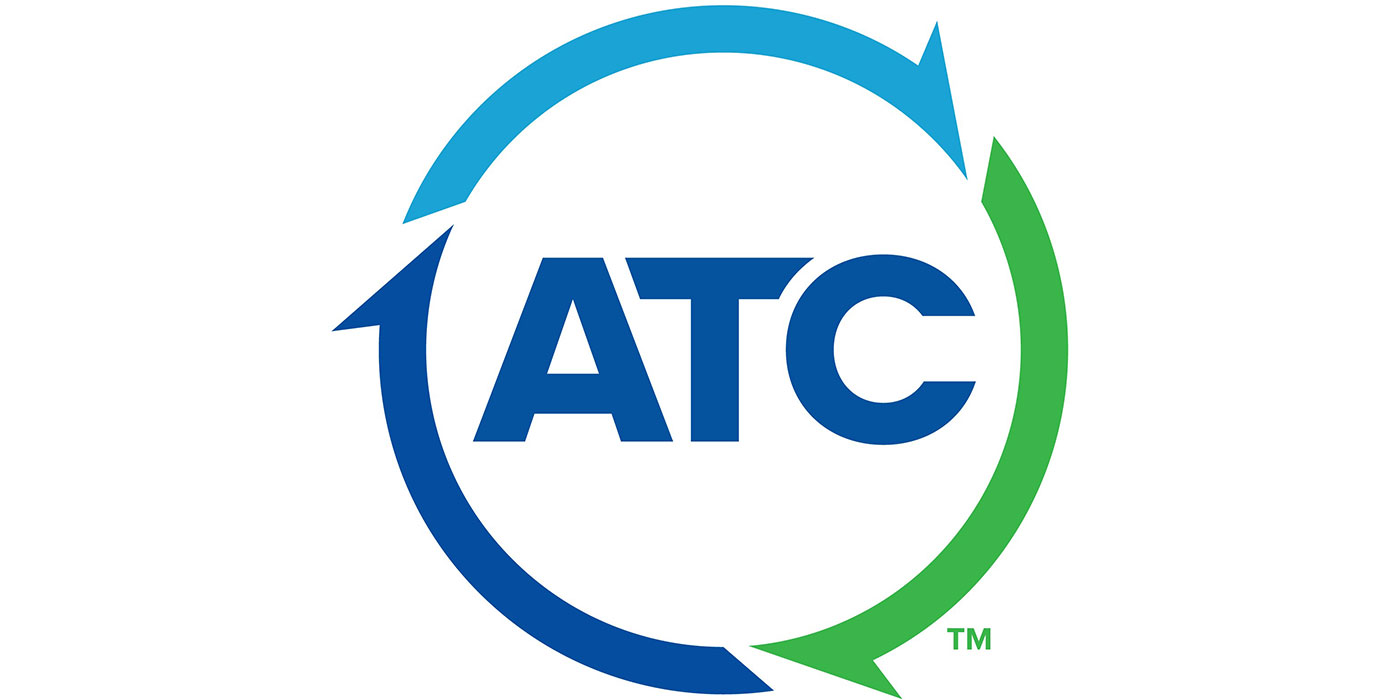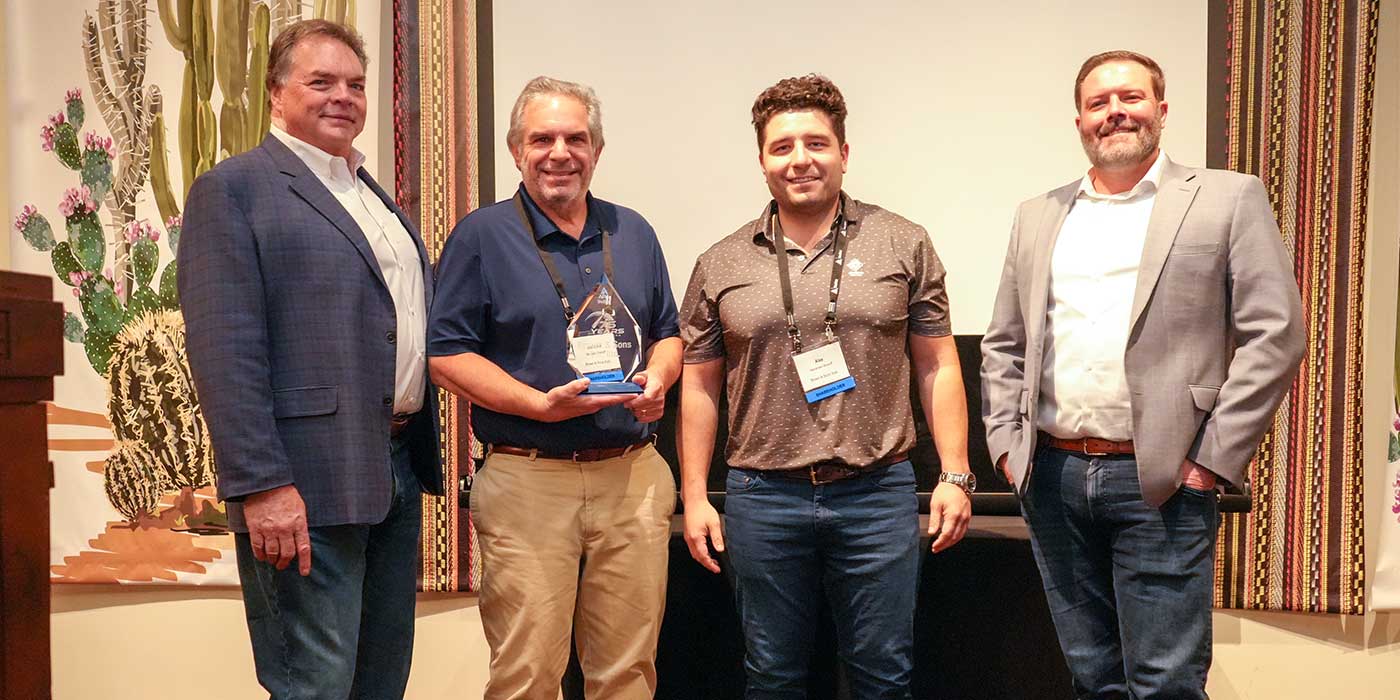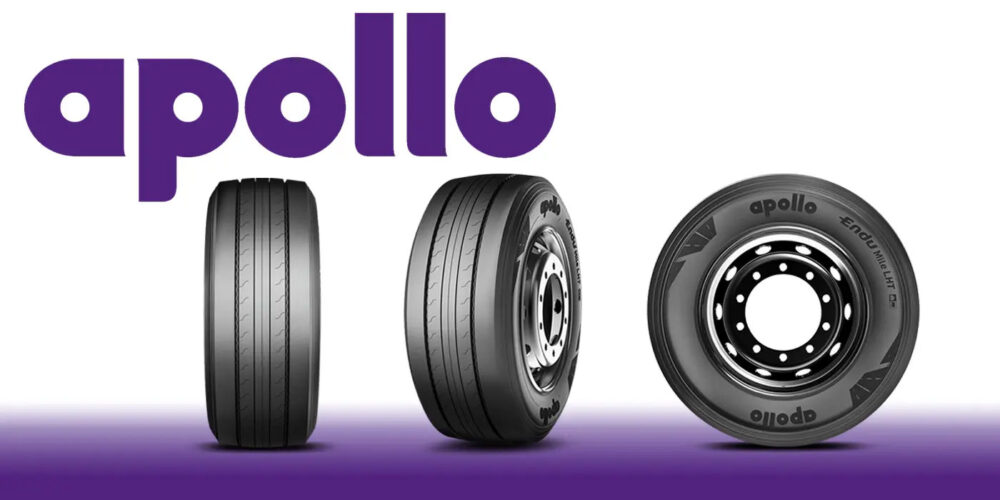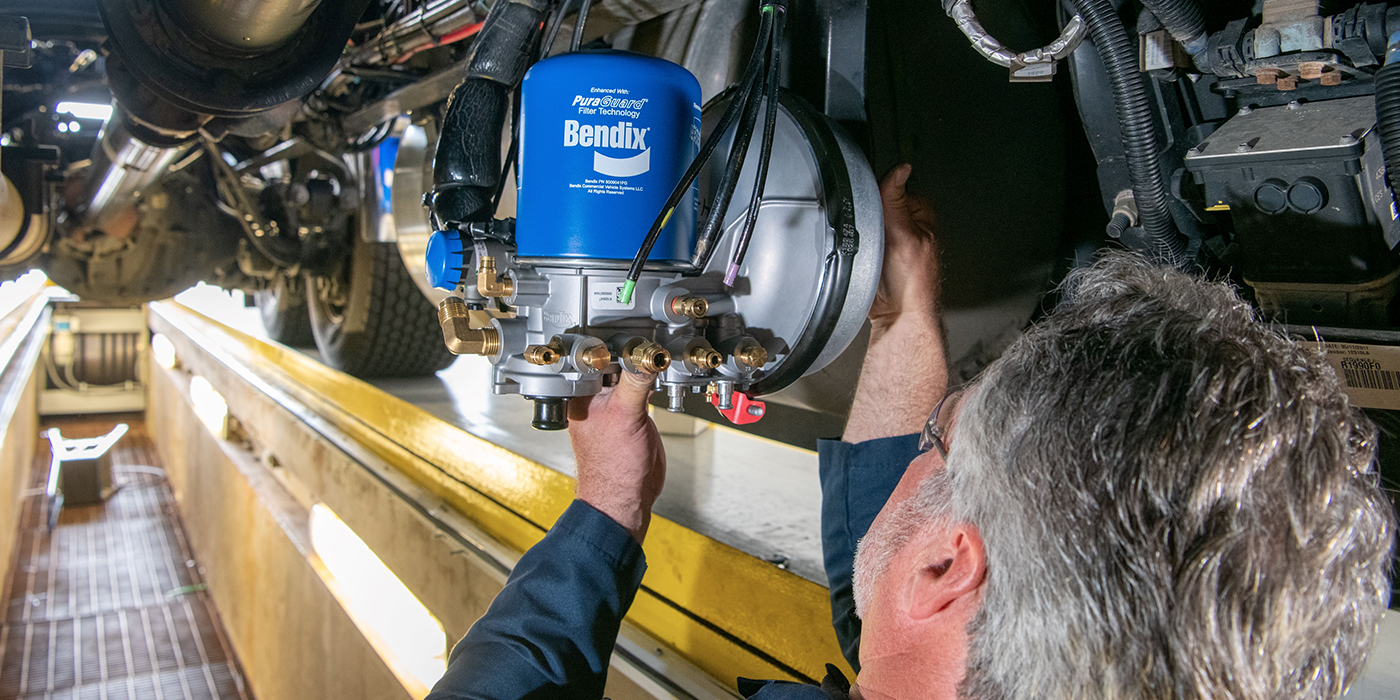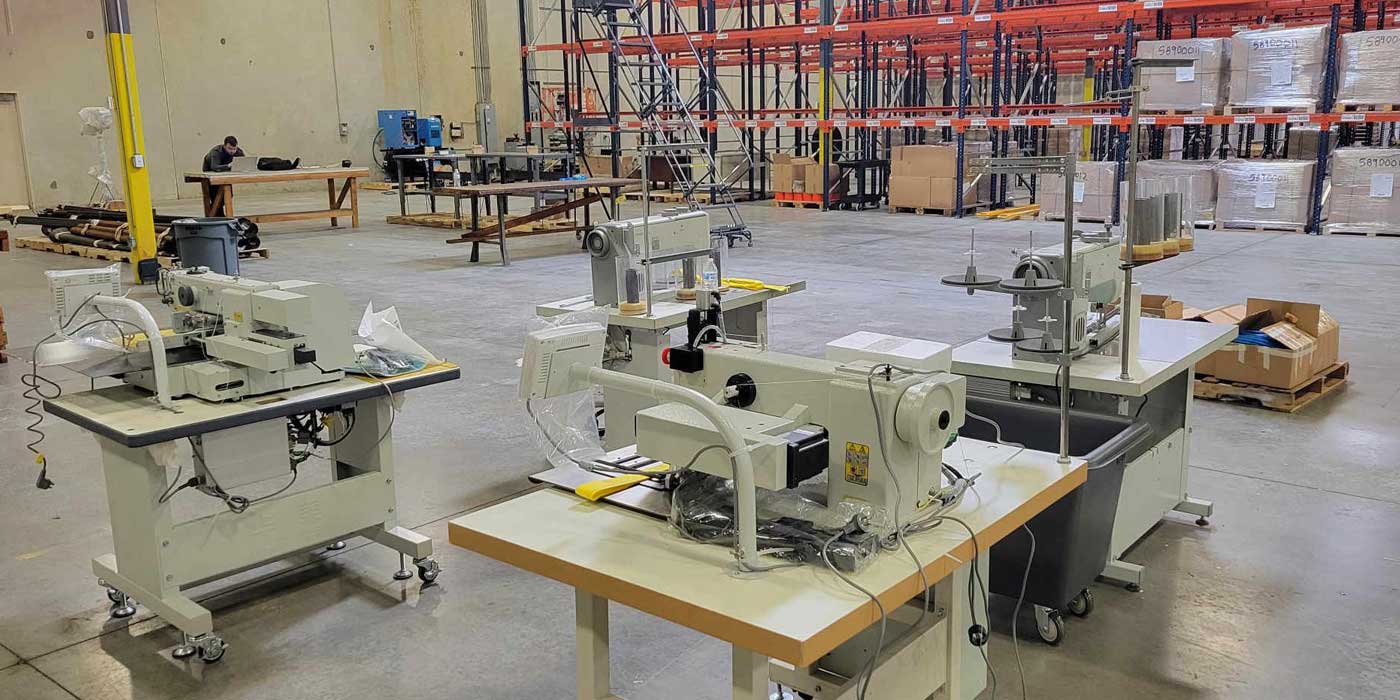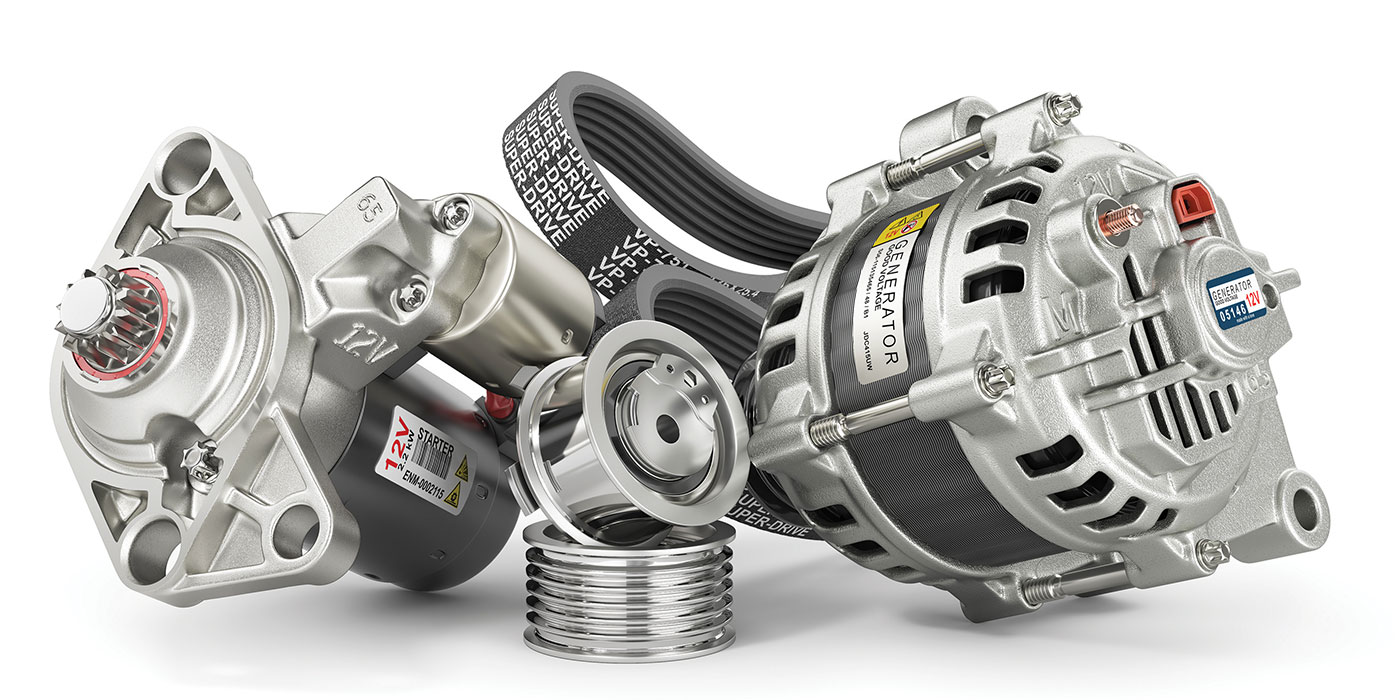MISSION VIEJO, CA — Three people. One orange. They all want it. How would you solve this dilemma? On the surface, there’s a pretty easy solution – compromise and give each person a third of the orange. Done deal. But then one person takes his third to a juicer and squeezes out an unsatisfactory amount of juice for his breakfast drink. The second person tries to grind the peel of his third to flavor a cake, but comes up with not enough flavoring. The third person finds only one seed in his third for planting in his grove. What happened? The solution seemed so simple but in fact it was a bust.
If the needs of each person wanting the orange had been examined before offering a solution, each of the three could have had exactly what was wanted…all the juice, all the rind, all the seeds…a real Win-Win-Win solution. Their needs were complementary, in fact, not conflicting at all. With the determination to use a Win-Win-Win approach, three sets of needs can frequently synergize so that everyone involved is equally satisfied.
Thus we come to parts supply chain distribution and the needs of manufacturers, distributors and retailers…all looking at that orange. How can technology provide a solution that fully satisfies the needs of each tier?
The answer is the Virtual Sales Network, or to use a term coined by DST…the Virtual Inventory Network, commonly called the VIN.
The power of the VIN is the secret weapon for the needs of the market or aftermarket. Networking a large group of distributors will enable the group to compete and prosper in an increasingly competitive marketplace. The distributor’s entrepreneurial talents, hands-on control of his organization and knowledge of his market offer tremendous competitive advantages. However, the independent distributor is disadvantaged by the increasing use of technology by the OEM channel to increase inventory efficiency, link with customers and generally increase the efficiency of their supply channel. The VIN leverages the strengths of the independent distributor by the power of a common network technology, providing customers with “one-stop shopping” – a powerful marketing incentive to improve and retain market penetration. Consistent nationwide fleet pricing, warranty service and the ability to accept orders electronically from both fleets and independent service dealers are only the most obvious benefits of the VIN. Less obvious, but important in the long run, is the ability to offer high fill rates of C and D parts by leveraging the combined inventory of the entire network of independent distributors while lowering costs for both member distributors and associated manufacturers.
One set of benefits deserving particular attention are those that can be expected by electronically connecting to fleets and independent service facilities. For example, in a recent Internet ordering pilot with a major automotive OEM, order costs were reduced significantly, same store sales increased by 14 percent, and returns were reduced 8 percent. These hard-dollar, quantifiable results were better than expected and have motivated the OEM to fund this technology for nationwide rollout to its entire supply chain. Perhaps more important than the hard dollar immediate payoff from direct electronic linkage is the increased customer service and the loyalty the connection facilitates. Labor savings accrue not only to the distributor who no longer has to enter orders manually but also to the retailer or service facility, saving them time and providing instant, 24/7 access to the availability and status of orders. And in those cases in which the fleet or shop is willing to allow actual usage and pricing data to be collected and aggregated in a data warehouse, the retailer or service facility, the distributor and the manufacturer all benefit in many ways. To cite just a few, Vendor Managed Inventory by the distributor for the retailer becomes feasible, the distributor can broaden coverage to a wider range of customer requirements, the distributor can more accurately plan his stocking levels simultaneously increasing service level to the shop while reducing inventory and invaluable data can be supplied by the group to its vendors.
Other benefits to the group as a whole can be expected from a number of areas, but two deserve consideration right away: direct distributor connection to its vendors, and the value of the information collected in the course of business. Distributors are able to send their orders to the group where the orders may be consolidated and other members’ overstock may be considered as an alternate source before the order is transmitted to the manufacturer. Since the group may aggregate orders, vendor costs will be driven down and part of the savings may be passed on to the membership.
But as important as increasing communication efficiency and driving down cost by using the Internet may be, the benefit of the information collected in the process of directly connecting with customers and vendors is far greater. Costs can be minimized for the manufacturer, the distributor and the end user. With the information aggregated by the group it will be possible to predict demand better so:
* Manufacturers can plan their production better and reduce return allowances;
* Distributors can better forecast demand, reduce inventory investment, and improve fill rates;
* Retailers and service facilities can be assured of having access to the parts they need; and
* Customer pricing can be optimized to improve margins while parts availability is improved to ensure the “one-stop shopping” model thrives.
With the basic function of any supply chain being to deliver the right part at the right time at the right cost, one of the best ways organizations within the parts supply chain can differentiate themselves in the marketplace is by capitalizing on better knowledge of the market. By always having the right part available, a distributor working cooperatively with manufacturers and retailers can establish a clear advantage over competition in retaining customer loyalty and attaining higher margins. VIN technology broadens the scope of the distributor’s product line because it allows a customer to purchase specialty items from a WD that normally would only be carried by a specialist, without necessitating additional inventory and stocking costs.
Through VIN utilization, the needs of the manufacturer, the distributor, and the retailer or service facility are met. By closely coupling the operation of the service facility and fleet with a nationwide distributor network that in turn is integrated with the manufacturing cycle, efficiencies from manufacturing scheduling to quicker service to the customer become possible. Ultimately, data can be collected, cleansed, and forwarded to a nationwide database that can store and analyze data essential to improving the efficiency of the supply chain. Manufacturers can better plan manufacturing cycles, distributors can increase fill rates while reducing inventory and transaction costs, and retailers or service facilities can offer better quicker service by having immediate access to parts.
What do you need from that orange and what is the best way to get it?
We’d love to hear your thoughts on the topics we post, suggestions for additional questions and anything you’d like to share. Send us an email at: [email protected]
_______________________________________
Click here to view the rest of today’s headlines.
“DST Asks” is written and sponsored by DST Inc. The opinions expressed in “DST Asks” articles appearing on aftermarketNews.com do not necessarily reflect the opinions of AMN or Babcox Publications.



